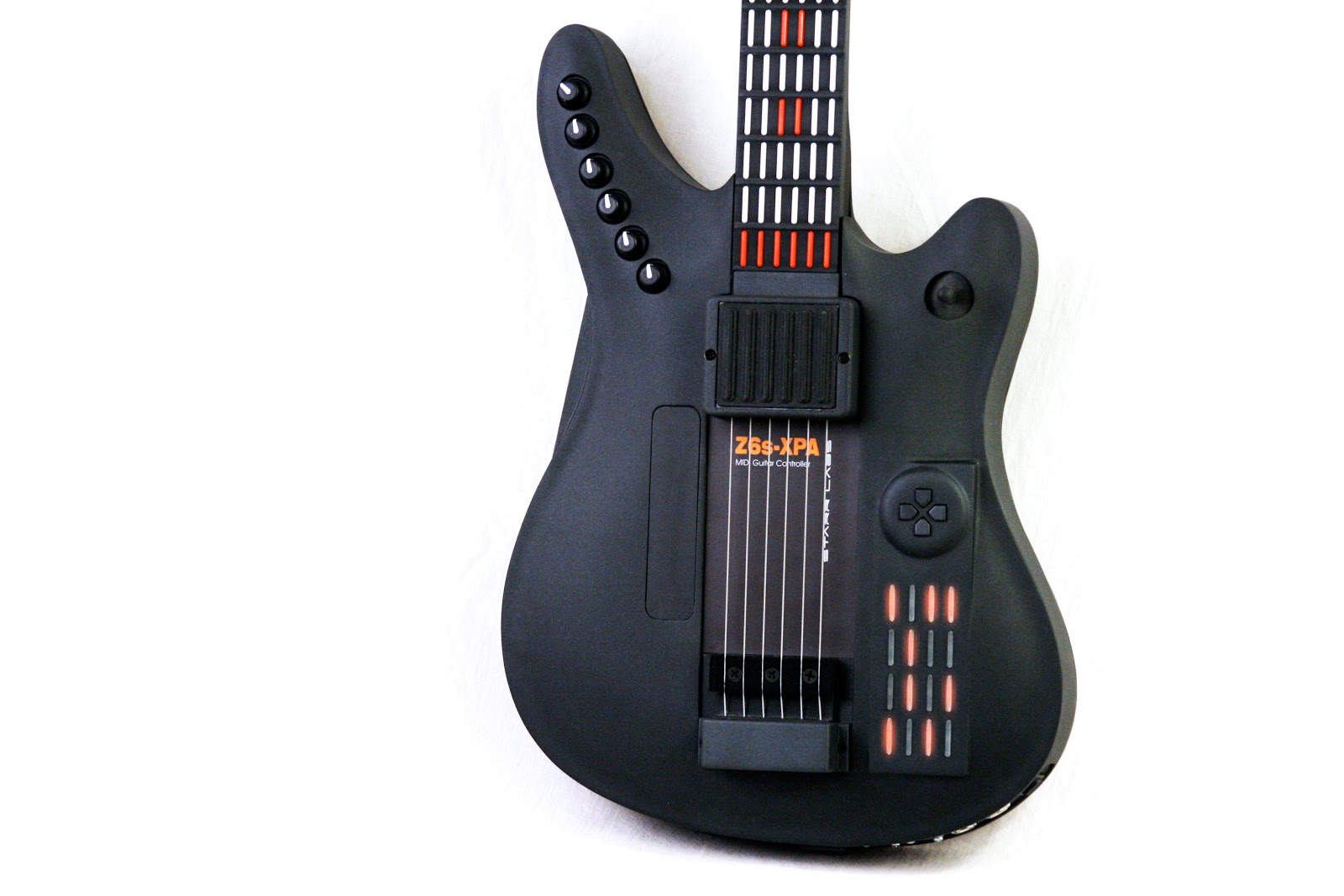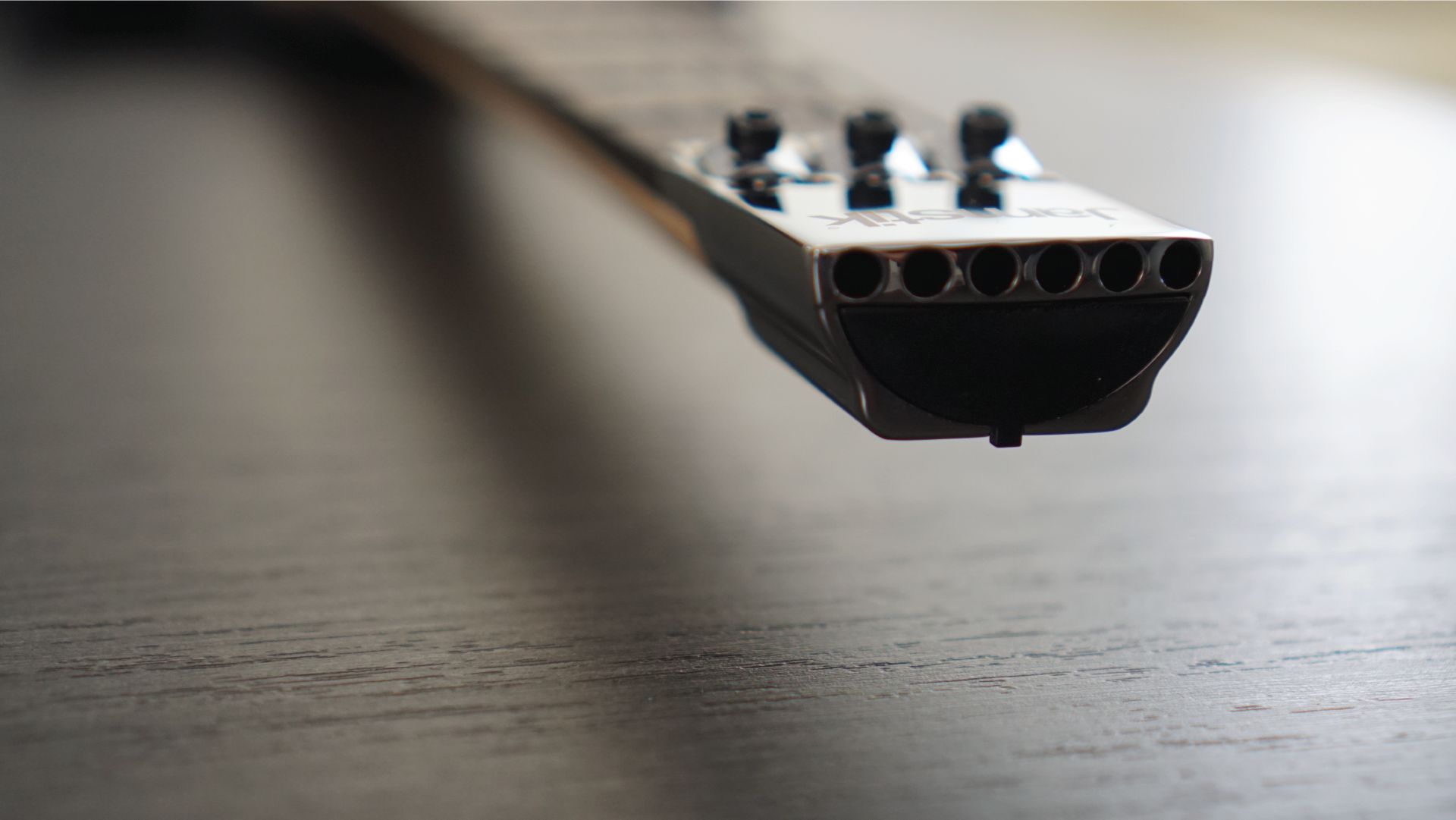
This would make the whole controlling multiple instruments thing a lot more useful.

There are, however, some features I wish were included, like the ability to assign MIDI channels or disable MIDI entirely for individual strings. The interface can be a little confusing at first glance, but once you figure out its quirks it’s easy to start designing your own sounds. You’ll find some really solid sounds in there, like the ambient piano preset and some fairly convincing bass. The instrument portion of it is decent enough. This is where you’ll adjust string sensitivity, turn MPE on and off, assign MIDI channels and you’ll even find a tuner here. The app isn’t expected to leave beta until sometime in October, but even in its unfinished state it’s still basically a must-have. It does double duty as both a virtual instrument and configuration utility. The Jamstik Creator plugin is one of the features the company is pushing pretty hard.
MIDI GUITAR FULL
The other obstacle I encountered early on was easily remedied by changing the settings, but it did take me a full day to figure out what was wrong. The process looks slightly convoluted and involves an allen wrench in addition to the tuning key. I haven’t bothered to restring it during my month of testing, but I can’t say I’m looking forward to it. I don’t know if it’s just the factory strings or the tuners themselves, but it doesn’t stay in tune particularly well. But the key is quite tiny, and I can easily see myself losing this under my desk or, worse, a hotel-room bed. There’s a magnetic notch in the bridge to store it when not in use. Instead you tune the strings at the bridge with a small tuning key. Since it’s meant to be a travel instrument, there’s no headstock.


If I had to pick a least favorite feature here it would be the tuners. Honestly, it took me longer to tune the Studio MIDI Guitar than it did to get it set up in my DAW. So within minutes I was able to strum a few pads on the MicroFreak. Jamstik is even kind enough to include a TRS to five-pin MIDI adapter in the box. All I did was plug the included USB-C cord into my laptop and I immediately was able to start plucking away in Ableton Live.


 0 kommentar(er)
0 kommentar(er)
